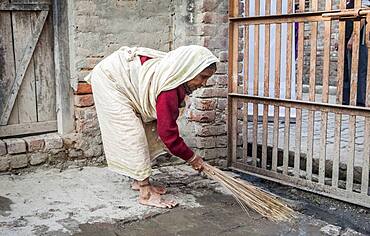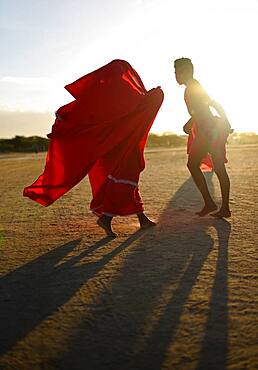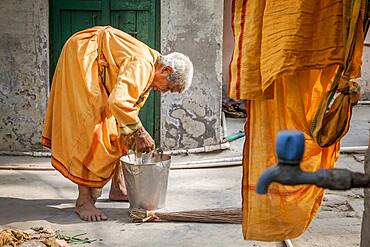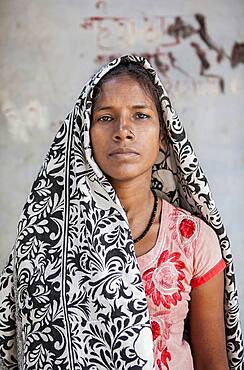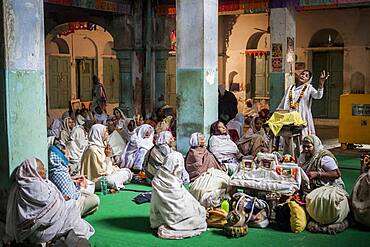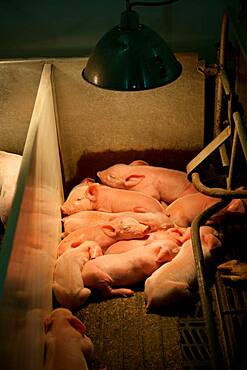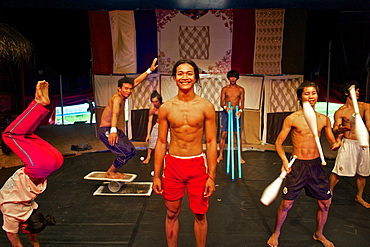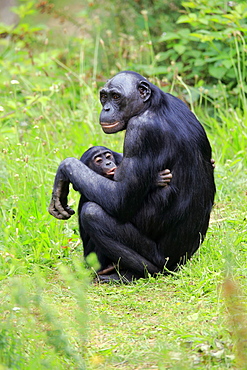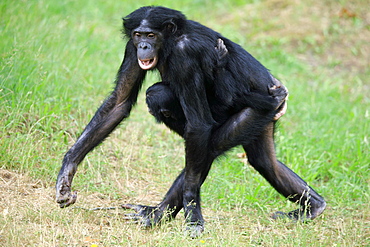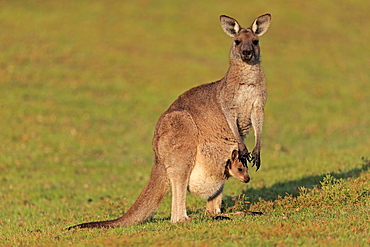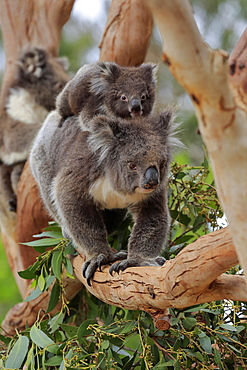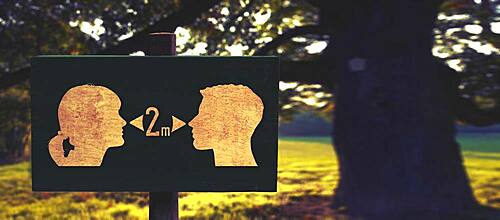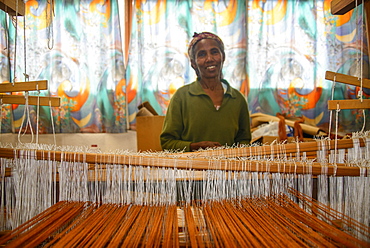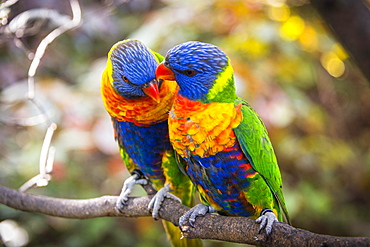Recent searches
Loading...
1350-2432 - Spinner dolphins Stenella longirostris, Big Island, Hawaii, USA
1350-1865 - Yonna dance, also called Chichamaya, carries a considerable symbolic charge for the Wayuu indigenous people of Colombia, representing three basic principles for this tribal group: Social equality, collective solidarity and the improvement of relations between the human being and the Cosmos.
1350-1780 - Widow cleaning her ashram, Vrindavan, Mathura district, India
1350-1859 - Yonna dance, also called Chichamaya, carries a considerable symbolic charge for the Wayuu indigenous people of Colombia, representing three basic principles for this tribal group: Social equality, collective solidarity and the improvement of relations between the human being and the Cosmos.
1350-1871 - Yonna dance, also called Chichamaya, carries a considerable symbolic charge for the Wayuu indigenous people of Colombia, representing three basic principles for this tribal group: Social equality, collective solidarity and the improvement of relations between the human being and the Cosmos.
1350-1860 - Yonna dance, also called Chichamaya, carries a considerable symbolic charge for the Wayuu indigenous people of Colombia, representing three basic principles for this tribal group: Social equality, collective solidarity and the improvement of relations between the human being and the Cosmos.
1350-1765 - Group of Widows, in Ma Dham ashram for Widows of the NGO Guild for Service, Vrindavan, Mathura district, India
1350-1861 - Yonna dance, also called Chichamaya, carries a considerable symbolic charge for the Wayuu indigenous people of Colombia, representing three basic principles for this tribal group: Social equality, collective solidarity and the improvement of relations between the human being and the Cosmos.
1350-1792 - Widows praying in a Bhajan ashram, Vrindavan, Mathura district, India
1350-402 - Undurraga vineyards and winery in Talagante Chile
1350-1767 - widows begging, Vrindavan, Mathura district, India
1350-1862 - Yonna dance, also called Chichamaya, carries a considerable symbolic charge for the Wayuu indigenous people of Colombia, representing three basic principles for this tribal group: Social equality, collective solidarity and the improvement of relations between the human being and the Cosmos.
1350-404 - Undurraga vineyards and winery in Talagante Chile
1350-1763 - Portrait of Widow, in Ma Dham ashram for Widows of the NGO Guild for Service, the NGO proposes at widows to wear colorful clothes, Vrindavan, Mathura district, India
1350-1866 - Yonna dance, also called Chichamaya, carries a considerable symbolic charge for the Wayuu indigenous people of Colombia, representing three basic principles for this tribal group: Social equality, collective solidarity and the improvement of relations between the human being and the Cosmos.
1350-1870 - Yonna dance, also called Chichamaya, carries a considerable symbolic charge for the Wayuu indigenous people of Colombia, representing three basic principles for this tribal group: Social equality, collective solidarity and the improvement of relations between the human being and the Cosmos.
1350-1785 - Window washing clothes on the street, facing the room where resides, Vrindavan, Mathura district, India
1350-1788 - Widow sleeping in the street,homless, Vrindavan, Mathura district, India
1350-1778 - Widows begging, Vrindavan, Mathura district, India
1350-1760 - Widows working in the orchard, in Ma Dham ashram for Widows of the NGO Guild for Service, Vrindavan, Mathura district, India
1350-1774 - Dr.Ghopal; Doctor of NGO SOS Woman examining widows, Vrindavan, Mathura district, India
1350-1771 - Portrait of widow, Vrindavan, Mathura district, India
1350-1791 - Widows praying in a Bhajan ashram, Vrindavan, Mathura district, India
1350-1868 - Yonna dance, also called Chichamaya, carries a considerable symbolic charge for the Wayuu indigenous people of Colombia, representing three basic principles for this tribal group: Social equality, collective solidarity and the improvement of relations between the human being and the Cosmos.
1350-1786 - Widow begging, Vrindavan, Mathura district, India
1350-1787 - Jankee, a young Widow, she is rebellious and does not obey the rules of tradition, and she wears colorful clothes, has long hair and paints her nails, she collaborates with sos mujer, Vrindavan, Mathura district, India
1350-1858 - Yonna dance, also called Chichamaya, carries a considerable symbolic charge for the Wayuu indigenous people of Colombia, representing three basic principles for this tribal group: Social equality, collective solidarity and the improvement of relations between the human being and the Cosmos.
1350-1759 - Portrait of Widow, in Ma Dham ashram for Widows of the NGO Guild for Service, Vrindavan, Mathura district, India
1350-1761 - Widows practising Yoga, in Ma Dham ashram for Widows of the NGO Guild for Service, the NGO proposes at widows to wear colorful clothes, Vrindavan, Mathura district, India
1350-1794 - Widows praying in a Bhajan ashram, Vrindavan, Mathura district, India
1350-1773 - Dr.Ghopal; Doctor of NGO SOS Woman examining widows, Vrindavan, Mathura district, India
1350-1769 - Widows on line for collecting their daily food ration offered by an ashram in compensation for their prayers , Vrindavan, Mathura district, India
1350-1358 - jeihhco Castaño, social leader, Hip Hopper, member of rap band C15, co-founder of `La Casa de Hip Hop Kolacho´, from Comuna 13, Medellín, Colombia
1350-1775 - Widows begging, Vrindavan, Mathura district, India
1350-1793 - Widows praying in a Bhajan ashram, Vrindavan, Mathura district, India
1350-1758 - Mrs Parvathy (widow), in Ma Dham ashram for Widows of the NGO Guild for Service,the NGO proposes widows to wear colorful clothes, Vrindavan, Mathura district, India
1350-1770 - Hands of widow , Vrindavan, Mathura district, India
1350-1789 - Widows praying in a Bhajan ashram, Vrindavan, Mathura district, India
1350-1869 - Yonna dance, also called Chichamaya, carries a considerable symbolic charge for the Wayuu indigenous people of Colombia, representing three basic principles for this tribal group: Social equality, collective solidarity and the improvement of relations between the human being and the Cosmos.
1350-405 - Barrels of Undurraga vineyards and winery in Talagante Chile
1350-1784 - Widow sleeping in the street,homless, Vrindavan, Mathura district, India
1350-1768 - Portrait of widow, Vrindavan, Mathura district, India
1350-1776 - Widows begging, Vrindavan, Mathura district, India
1350-1779 - Widows praying in an ashram, Vrindavan, Mathura district, India
1350-1777 - Dr.Ghopal; Doctor of NGO SOS Woman examining widows, Vrindavan, Mathura district, India
1350-1798 - Widows praying in an Balaji ashram, Vrindavan, Mathura district, India
1350-1766 - widows begging, Vrindavan, Mathura district, India
1350-1762 - hands of Mrs Kambeti (widow), in Ma Dham ashram for Widows of the NGO Guild for Service, the NGO proposes at widows to wear colorful clothes, Vrindavan, Mathura district, India
1350-1772 - Portrait of widow, Vrindavan, Mathura district, India
1350-403 - Undurraga vineyards and winery in Talagante Chile
1350-1863 - Yonna dance, also called Chichamaya, carries a considerable symbolic charge for the Wayuu indigenous people of Colombia, representing three basic principles for this tribal group: Social equality, collective solidarity and the improvement of relations between the human being and the Cosmos.
1350-1790 - Widows praying in a Bhajan ashram, Vrindavan, Mathura district, India
1350-1357 - jeihhco Castaño, social leader, Hip Hopper, member of rap band C15, co-founder of `La Casa de Hip Hop Kolacho´, from Comuna 13, Medellín, Colombia
1350-1757 - Mrs Mohini Giri, Chairperson in India of The NGO Guild for Service, and her assistant Lopamudra, Delhi, India
1350-401 - Undurraga vineyards and winery in Talagante Chile
1350-1781 - Widows begging, widow holds the container that widows usually carry to keep the food that they obtain begging, Vrindavan, Mathura district, India
1350-1796 - Widows praying in an Balaji ashram, Vrindavan, Mathura district, India
1350-1864 - Yonna dance, also called Chichamaya, carries a considerable symbolic charge for the Wayuu indigenous people of Colombia, representing three basic principles for this tribal group: Social equality, collective solidarity and the improvement of relations between the human being and the Cosmos.
1350-1867 - Yonna dance, also called Chichamaya, carries a considerable symbolic charge for the Wayuu indigenous people of Colombia, representing three basic principles for this tribal group: Social equality, collective solidarity and the improvement of relations between the human being and the Cosmos.
1350-1782 - Group of widows begging, Vrindavan, Mathura district, India
1350-1764 - Widows sleeping, in Ma Dham ashram for Widows of the NGO Guild for Service, Vrindavan, Mathura district, India
1350-1783 - Widow sleeping in the street,homless, Vrindavan, Mathura district, India
1350-1795 - Widows praying in a Bhajan ashram, Vrindavan, Mathura district, India
1350-1797 - Widows praying in an Balaji ashram, Vrindavan, Mathura district, India
1345-61 - Phare - The Cambodian Circus Show, Phare Ponleu Selpak (PPS) is a non-profit Cambodian association, Angkor, Cambodia
1345-62 - Phare - The Cambodian Circus Show, Phare Ponleu Selpak (PPS) is a non-profit Cambodian association, Angkor, Cambodia
1116-49721 - Poor district slums with wooden houses over water, Cebu city, Philippines
832-390508 - Bonobo, pygmy chimpanzee (Paniscus), adult, female, mother, young, nursing, social behaviour, endangered species, captive
832-390509 - Bonobo, pygmy chimpanzee (Pan Paniscus), adult, female, mother, young, social behaviour, carries young, endangered species, captive
832-390017 - Eastern giant grey kangaroo (Macropus giganteus), adult, female, mother with young, in pouch, on grassland, social behaviour, Maloney Beach, New South Wales, Australia, Oceania
832-390014 - Koalas (Phascolarctos cinereus), mother with young on her back running on branch, social behaviour, Parndana, Kangaroo Island, South Australia, Australia, Oceania
832-388680 - Symbolic image, Shield Social Distancing, Coronavirus, Nicaragua, Central America
832-384278 - Gray wolves (Canis lupus), adult with young animals in a meadow, howling, social behaviour, Pine County, Minnesota, USA, North America
832-384240 - American red foxes (Vulpes vulpes fulvus), young animals playing on a tree trunk, social behaviour, Pine County, Minnesota, USA, North America
832-384279 - Gray wolves (Canis lupus), adult with young animals in a meadow, social behaviour, Pine County, Minnesota, USA, North America
832-384238 - American red foxes (Vulpes vulpes fulvus), young animals playing on a meadow, social behaviour, Pine County, Minnesota, USA, North America
832-385370 - Black-backed Jackal (Canis mesomelas), adult, howling, social behaviour, Addo Elephant National Park, Eastern Cape, South Africa, Africa
1178-29214 - USA, Utah, Salt Lake City, USA, Social distancing sign
1116-48015 - Four female golfers posing for a social media portrait on a golf course with a vintage style filter applied to the image, Edmonton, Alberta, Canada
1178-28705 - Close up of Volunteer button on denim jacket
1116-46426 - Man And Woman With Documents And A Calculator, Regina, Saskatchewan, Canada
1116-44704 - Two Young Women In Their Apartment Using Their Smart Phones, Sagres, Portugal
1116-44811 - Two Sisters Having Fun In A City Park In Autumn And Talking A Selfie Of Themselves, Edmonton, Alberta, Canada
1116-44619 - Tourist Ready For A Beach Camel Trek, Essaouira, Morocco
851-902 - Het Schip, a 1920s social housing complex by Michel de Klerk, now a museum about the Amsterdam School architecture movement, Amsterdam, North Holland, The Netherlands, Europe
832-383305 - Street child, girl, 15, having guitar lessons with a social worker and musician, Sao Martinho social project, Lapa district, Rio de Janeiro, Rio de Janeiro State, Brazil, South America
832-382667 - Friendly woman working on a hand weaving loom on social project, Eritrea, Africa
1116-41450 - A Washroom In A Long Necked Village Called Huay Pu Keng Near Mae Hong Son, Mae Hong Son Province, Thailand
832-381708 - Girl sitting on a wall, portrait, Pushkar, Rajasthan, India, Asia
832-379943 - Woman in front of tent, refugee camp Idomeni on the Greek-Macedonian border, Greece, Europe
832-379396 - Capybara (Hydrochoerus hydrochaeris), young animals, on land, social behavior, playing, Pantanal, Mato Grosso, Brazil, South America
832-379403 - African wild dogs (Lycaon pictus), hunting, running, social behaviour, Sabi Sand Game Reserve, Kruger National Park, South Africa, Africa
832-379640 - Pair, two, Swainson's Lorikeet (Trichoglossus haematodus moluccanus) sit on branch and beak, also allfarblori, wedge-tailed lory, blue-cheeked lory, broad-banded lori, rainbow lori, captive, occurrence Australia



